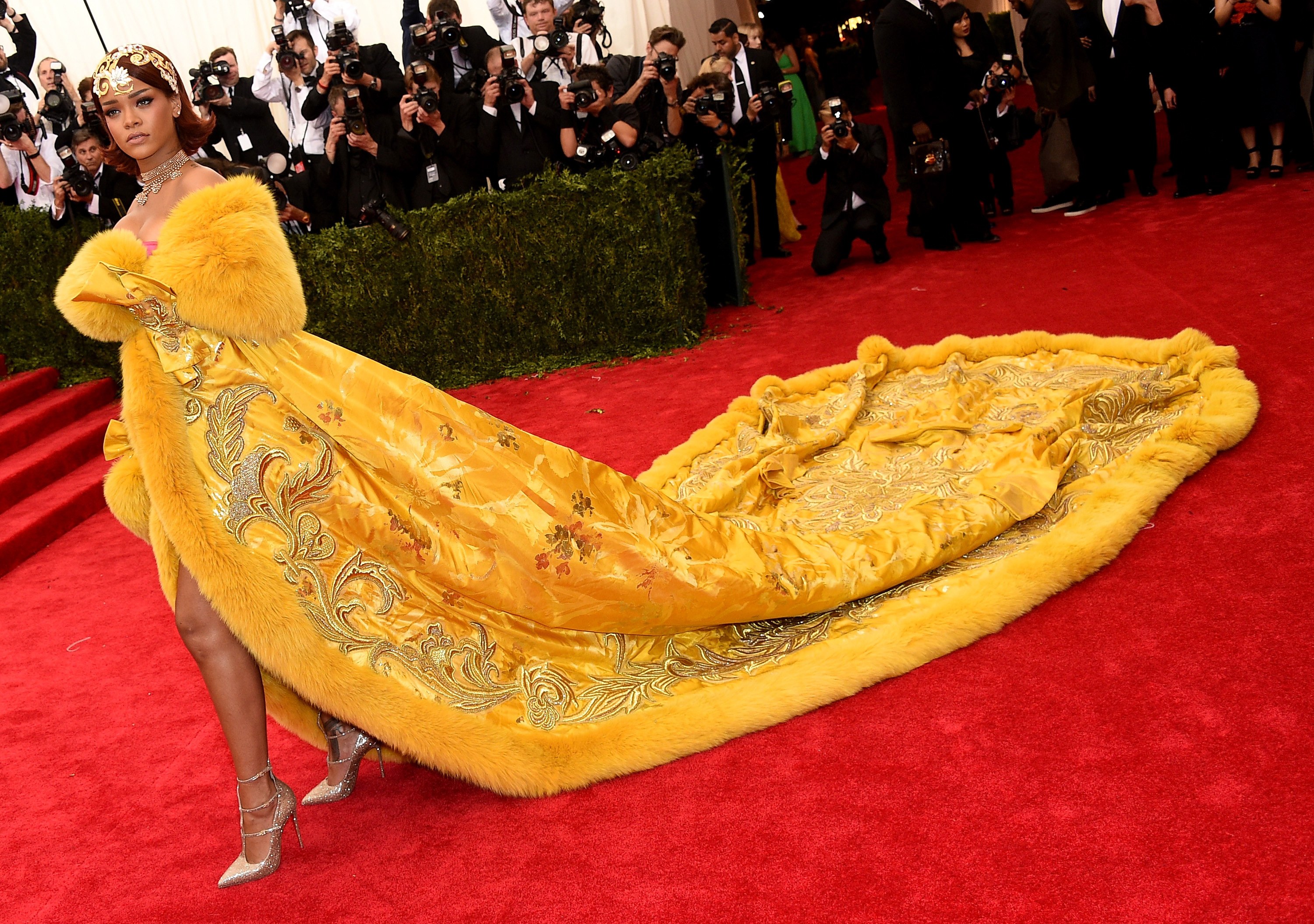If someone were to tell you today that fashion is an art form, you would probably dismiss them as pretentious. And yet, at one point in time, this was considered to be true: fashion was an art form, and a highly celebrated one at that. But does this still ring true in today’s society, what with the influence of fast fashion and social media influencers?

They say fashion repeats itself, but have we reached an impasse? Are there any new ideas out there or are we witnessing the death of creativity? Are we now at a point where anything goes? Though the rules of fashion have never been rigidly set, recently many clothes which would have previously been considered low-brow or just plain ugly have been spotted on the ‘trend setters’ of our generation. And with alarming frequency. But how do today’s ‘trend setters’ hold up in comparison to the trend setters of yester year? Will there be a time where people look back on Kim Kardashian with feelings of nostalgia, viewing her as iconic in the way we do figures such as Audrey Hepburn? I personally hope not. Behind the fashion, Audrey Hepburn was a celebrated actress and noted humanitarian who also participated in the Resistance against Nazi Germany. But, you never know Kim.

Perhaps the fashion of today will be looked back upon with as much horror and disdain as the fashion of the early 2000s. I’m sure we all remember the low-rise jeans and thong combo, not to mention all the truly classic looks our favourite Disney Channel stars were serving us on a weekly basis.
Moreover, perhaps one of the best things about modern fashion, the fluidity and rapidity of today’s trends, may also lead to its demise. It’s an inescapable fact that fashion has become more flexible, with trends changing at a much quicker pace due to an increase in disposable income and the influence of fast fashion. We’re exposed to the world of fashion as seen through the eyes of social media, with our favourite celebrities showing off their favourite looks, urging us to be just like them in a culture which screams “buy now”. People are now able to buy clothes at a drop of a hat, making everything available for the masses. But when the masses are all wearing the same thing, it ceases to be unique. And so a new trend must arise – and the cycle continues.
Another thing contributing to the demise of fashion as an art form is the notion of cost over style. A good outfit doesn’t have to cost a wad of money; money doesn’t equal style, people. It seems in some instances that a higher the price tag equals an instant style fix. While there’s nothing wrong with splashing out a bit of money on a designer item you simply have to have, buying said designer item simply for the label is a bit misguided. And before you think that my bitterness as a broke student is shining through too much here, just remember that there are people out there buying Gucci socks for £90. £90. For socks. Let that one sink in.

The decline in fashion is also reflected in the Met Gala. What is the Met Gala, you ask? The Met Gala is an annual fundraising gala for the Metropolitan Museum of Art’s Costume Institute in New York, and is described by Vogue as ‘the fashion world equivalent of the Oscars, an evening when designers, models, and Hollywood stars convene in the year’s most over-the-top looks’. (https://www.vogue.com/article/what-is-the-met-gala-things-to-know-andre-leon-talley) And while most of the outfits worn on the Met Gala red carpet are beautiful, many of them lack the creativity or originality of earlier years, with stars neglecting the event’s strongly recommended theme in order to follow a more conventional – and more boring – definition of beauty. Gwyneth? What happened here? They play it safe – a sentiment sweeping the world like an epidemic, killing the initial wonder of fashion.

On the contrary and argued as one of the Met Gala’s most iconic outfits in recent history, pop artist Rihanna wore the Guo Pei cape gown in 2015.
While the rise in practicality over looks is a very good sign, as is the rise in comfort – women are less pressured into wearing heels and there is a growing popularity of leisure/athleisure wear – I personally miss the aestheticism of previous years. When clothes were something to be celebrated and not just something to shove on to avoid the cold and those pesky public indecency charges. This is especially sad at a time when the definition of ‘style’ is so fluid and the prices of clothes can actually be affordable. Perhaps it shows that as a society we have become less materialist and superficial, or perhaps people’s unwillingness to take fashion risks demonstrates a lack of individuality and a rise in mob-mentality.
By Tasha Johnson.

